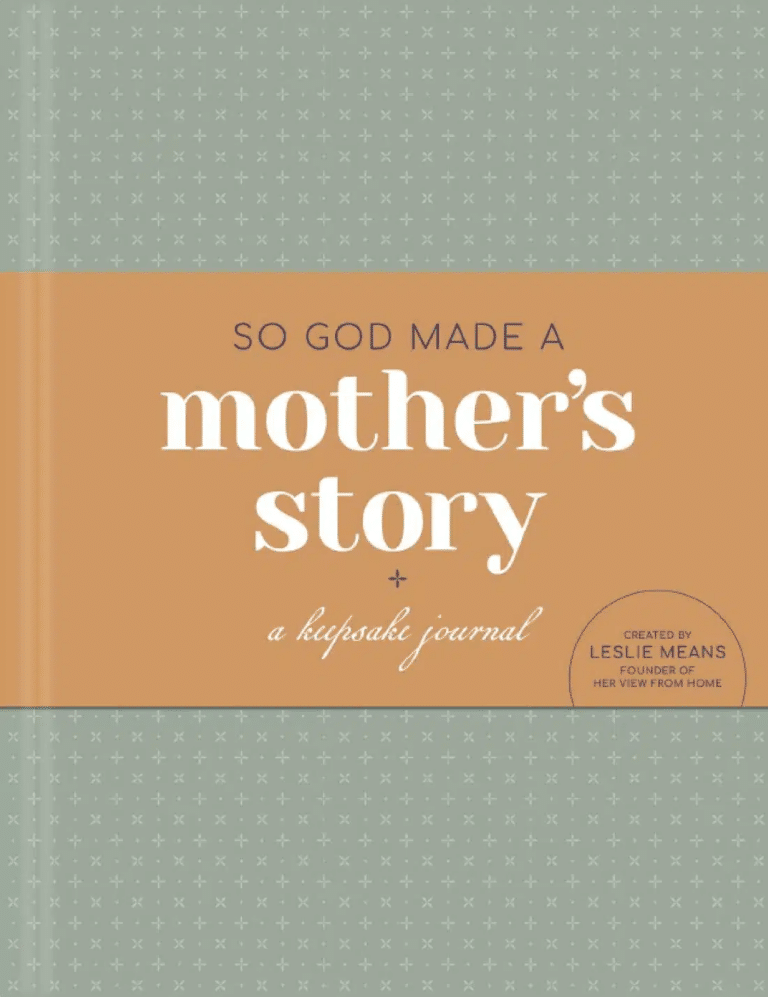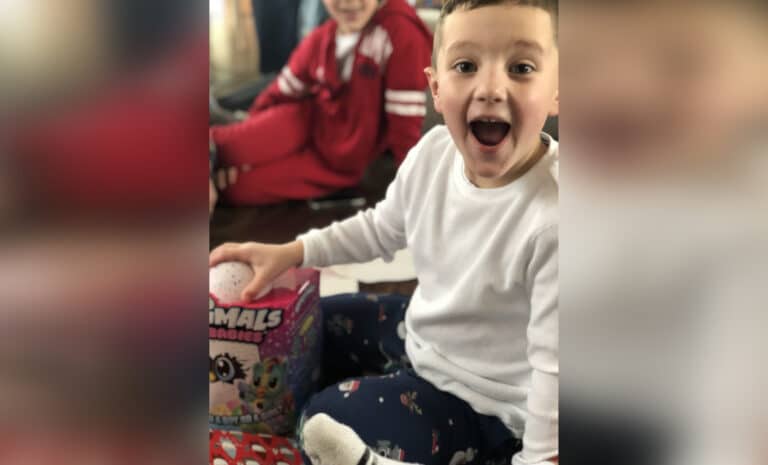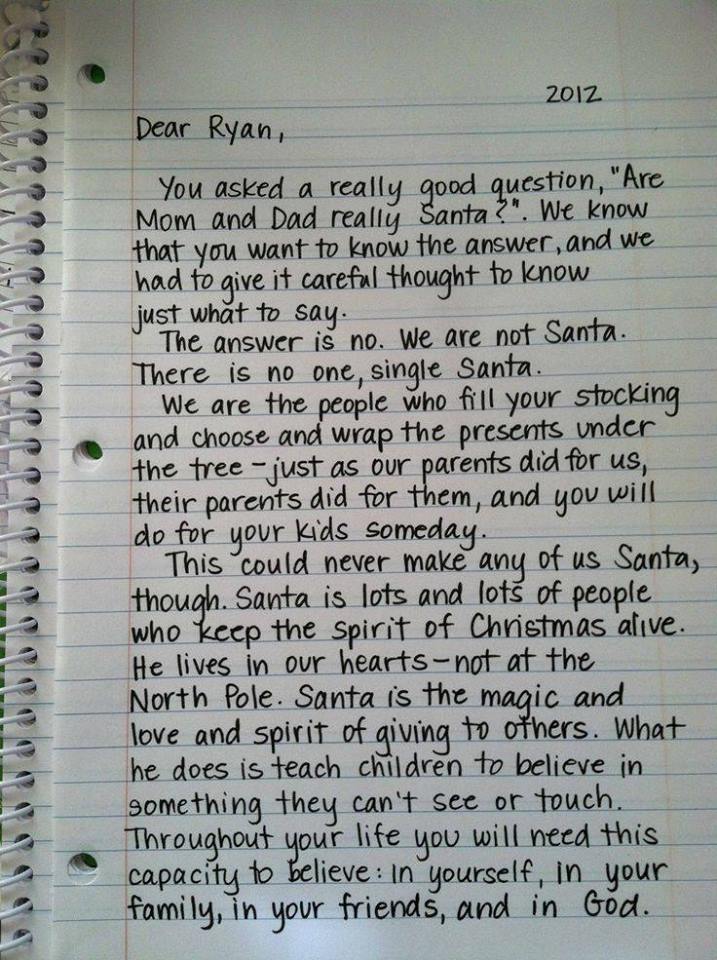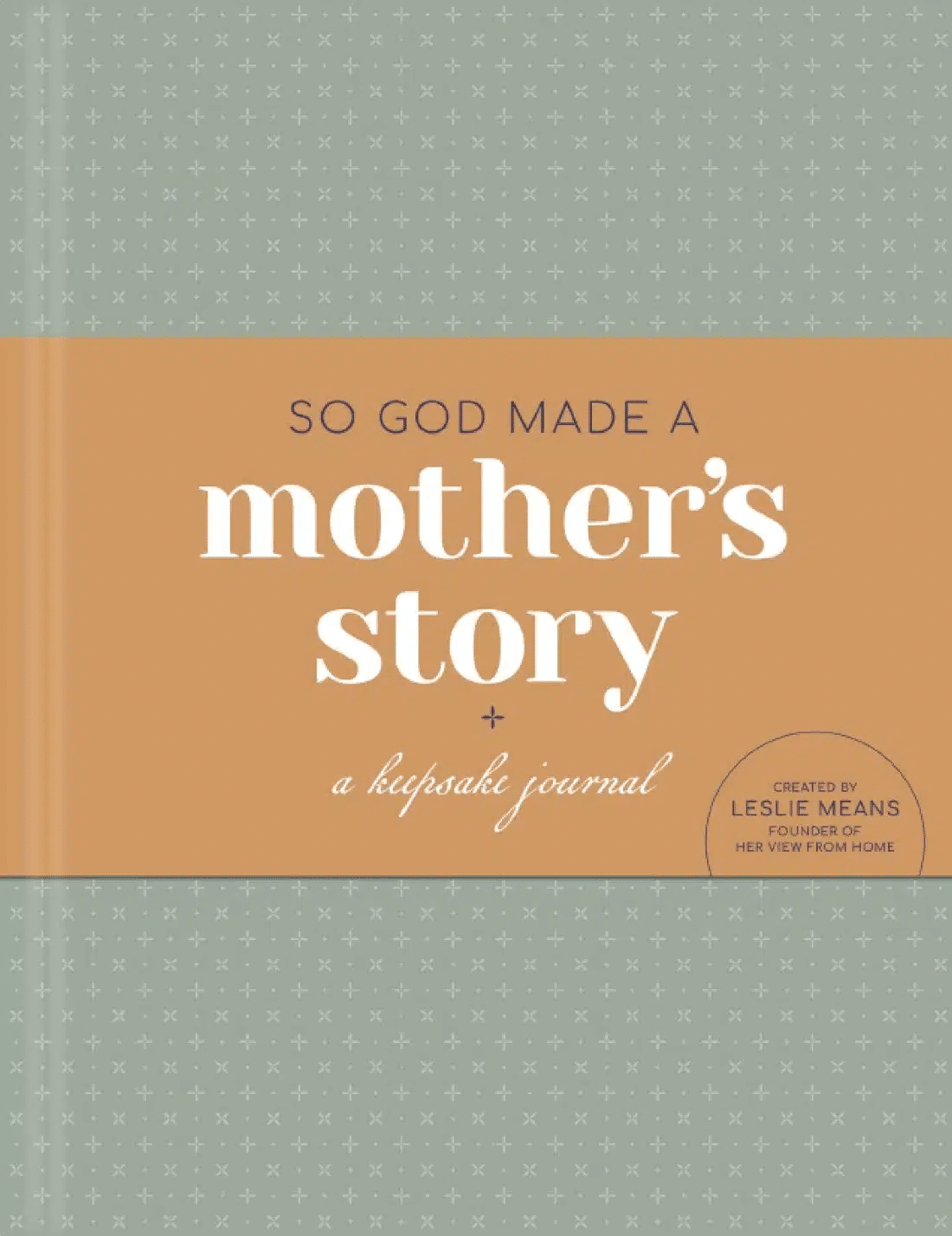I recently had a conversation with a friend about my 9-year-old who has become increasingly inquisitive about the existence of Santa Claus. He was shocked to hear I had never read the story about little Virginia. Not only had I never read it, I had never even heard of it. So I took a few minutes to read about Virginia.
It’s a cute little story. The conversation was familiar, yet dated. Virginia asked the age-old question that presumably perplexes countless parents every year. She received a beautiful explanation but it was far more formal than anything I could ever write. And the language made it a little hard to read, at least for my taste.
For anyone not familiar with the story, Virginia wrote a “Letter to the Editor” and explained some of her friends said that there was no Santa Claus. Then she begged, “Please tell me the truth, is there a Santa Claus?”
The conversation I had with my son actually began quite similarly. He started by explaining that some of his friends already told him there is no Santa Claus and that the parents buy all the gifts. He then said, “I just need to hear you say it, Mom. Is there a Santa Claus? Are you Santa Claus?”
Yes Kason, there is a Santa Claus—and you will never hear me say there isn’t.
Santa may never be in front of us and we may never be able to see him or touch him, but that doesn’t mean he doesn’t exist.
Kason listened but didn’t like my first response. He said, “Mom, I know you wrap the presents. I’ve seen the wrapping paper and that’s how I know Santa isn’t real.” I nodded and said, “You’re right, buddy. I do wrap the presents. But that’s not proof Santa isn’t real.”
Confused at this point, he needed a better explanation. “Mom, if I will never see him and I can’t touch him, he isn’t real.”
Oh but, Kason—he is real.
RELATED: My Kids Still Believe in Santa, and So Do I
I saw the wheels in his innocent little mind turning as I asked him if he thought magic was real and then again when I asked him about love. “Love is real, Mom. That’s not the same.” Of course, I asked him if he could see love or touch love and he agreed he could not. However, he admitted he still believes love is real.
Knowing that the conversation was getting to be a little too much for him, I tried my best to make him understand what Santa—and the idea behind Santa—is all about. At least what I believe he is all about . . . and what I would like my kids to believe as well.
After a little thought, I responded.
“Sweet Kason, I am not Santa. You are smart and have paid attention over the years. You know I am the one who buys your presents. You have seen the wrapping paper so you know I wrap the presents. I put the presents under the tree, too, but I promise, I’m not Santa.”
“Mom, why would you buy all those presents and not tell us they were from you? That’s not fair.”
I explained to him that part of the magic of Christmas is understanding how important it is to help others, just like I am helping Santa. Santa shows us giving to people without expecting anything back from them is what this time of year is all about.
Santa helps us understand lots of other important things in life, too.
Santa teaches us to believe in him even if we never actually see him or touch him. So, I think believing is our superpower. Of course like all superpowers, ours comes with great responsibility. Santa trusts we will teach others what he taught us. To believe. But not just in him—in ourselves, too.
All of the lessons we learn from Santa are meant to be shared. So, I’m sharing them with you now and someday you can share them with your kids. That is how the spirit of Christmas will live on forever.
RELATED: Santa’s Not Coming To Our House Anymore
“OK, I get it, Mom. And I’ll be a helper with you. Maybe next year, though.”
Sounds good, buddy.
“Mom. I have one more question. Is that why people say Christmas is the most wonderful time of the year?”
Yes, sweet Kason. It certainly is.
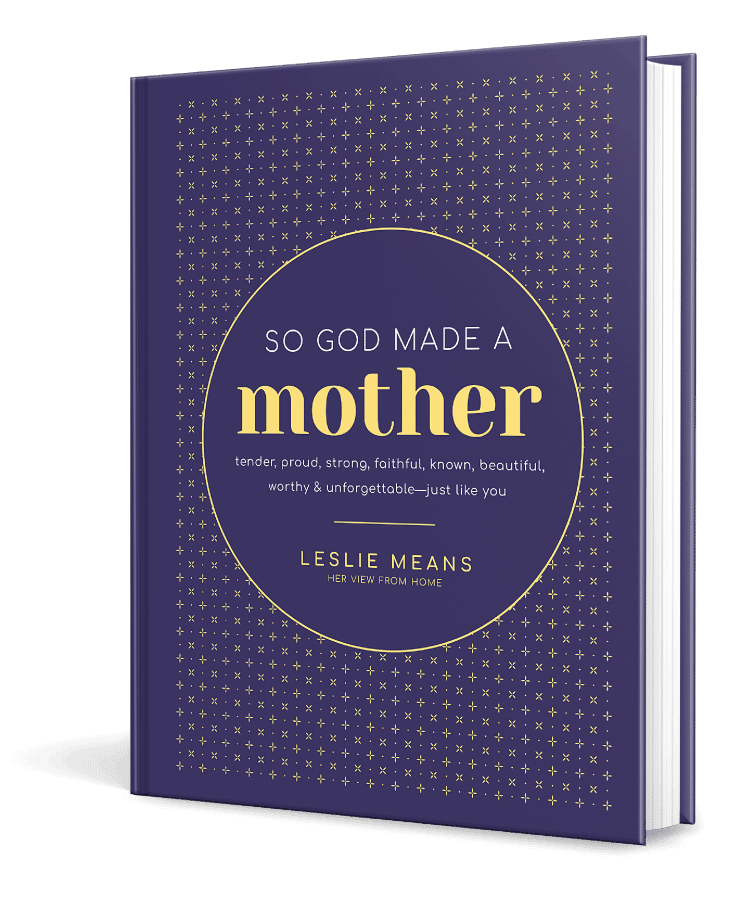
If you liked this, you'll love our book, SO GOD MADE A MOTHER available now!
Order NowCheck out our new Keepsake Companion Journal that pairs with our So God Made a Mother book!
Order Now